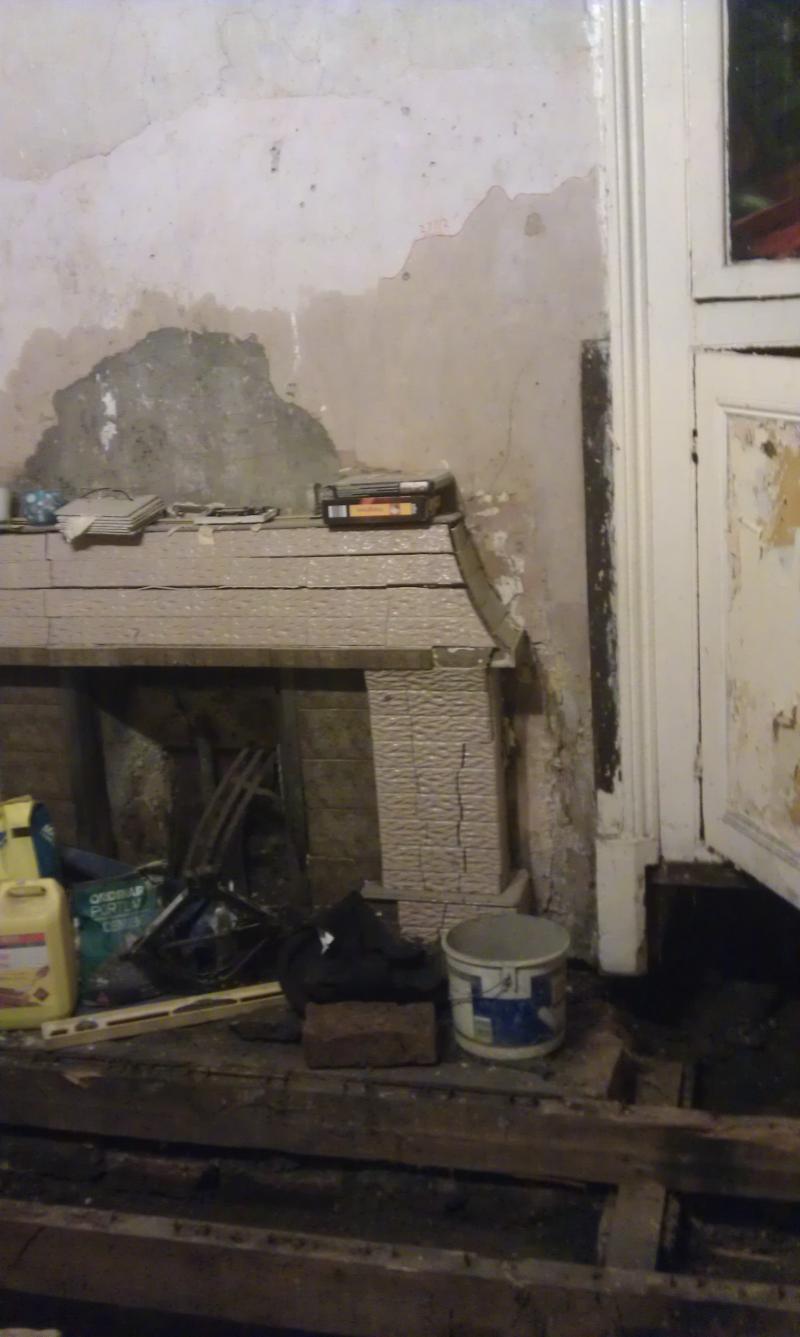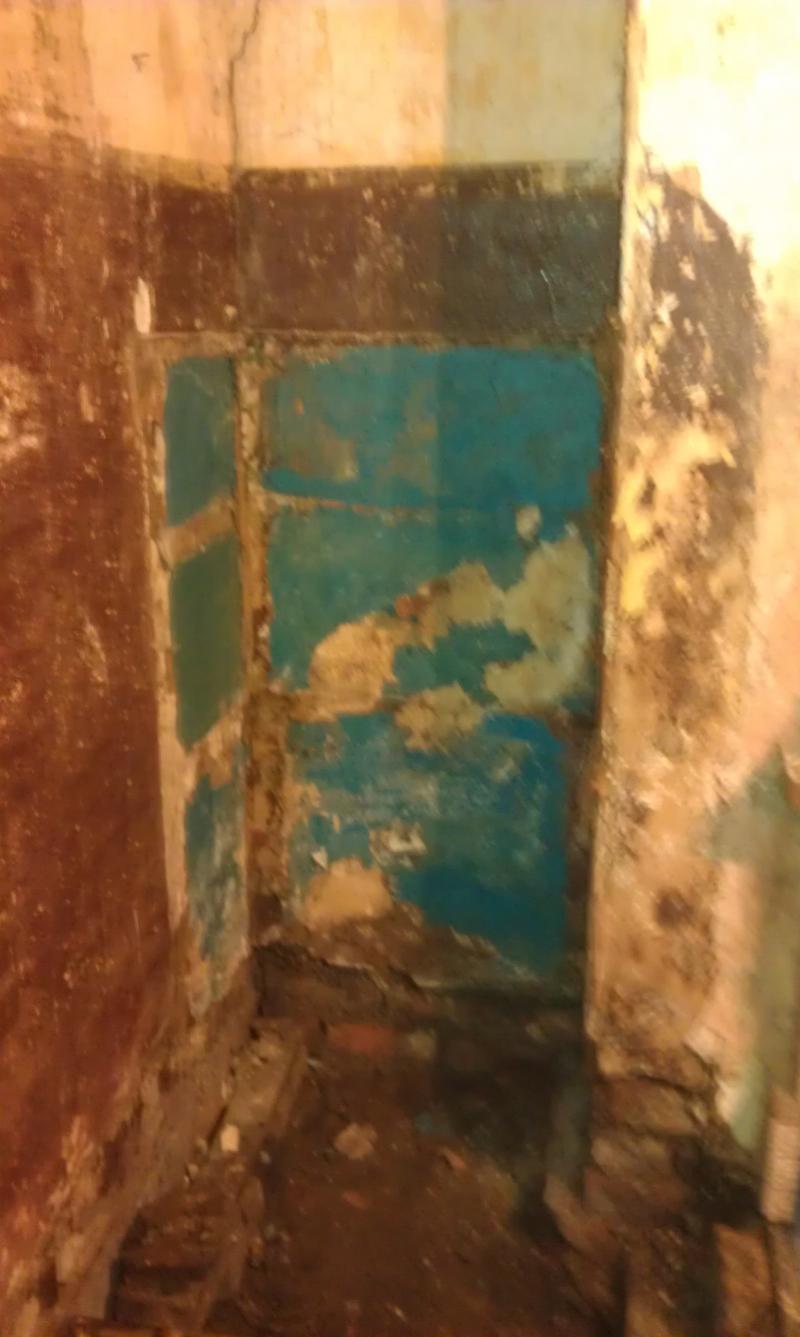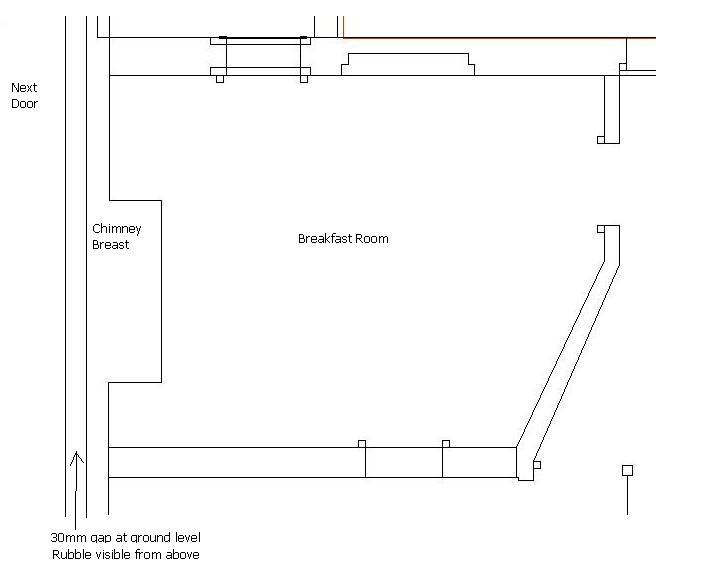Morning all,
My 'detached' project house (1850, solid brick walls) has one end wall about 100mm from next doors' end wall- thus external access is limited/nonexistent. Peering into the gap from above shows it has got a fair bit of rubble in it (mostly mortar by the look of it with a few bits of brick), there's no easy way to get the rubble out (gap narrows at the front to about 30mm, gap at the rear is inaccessible due to both our kitchen extensions).
The ground floor internals of this wall are very wet.
What's my best longterm solution to the wet? Can I just clad the walls with something like this http://newtonmembranes1-px.rtrk.co.uk/system-damp-proofing/ or render them with something like this http://newtonmembranes1-px.rtrk.co.uk/cementitious-products/newton-105-cw105/ or should I be biting the bullet, cut some holes in the walls and drag the cack out. Oh yes, and there are chunky chimney breasts on this wall, also very wet.
Thanks
My 'detached' project house (1850, solid brick walls) has one end wall about 100mm from next doors' end wall- thus external access is limited/nonexistent. Peering into the gap from above shows it has got a fair bit of rubble in it (mostly mortar by the look of it with a few bits of brick), there's no easy way to get the rubble out (gap narrows at the front to about 30mm, gap at the rear is inaccessible due to both our kitchen extensions).
The ground floor internals of this wall are very wet.
What's my best longterm solution to the wet? Can I just clad the walls with something like this http://newtonmembranes1-px.rtrk.co.uk/system-damp-proofing/ or render them with something like this http://newtonmembranes1-px.rtrk.co.uk/cementitious-products/newton-105-cw105/ or should I be biting the bullet, cut some holes in the walls and drag the cack out. Oh yes, and there are chunky chimney breasts on this wall, also very wet.
Thanks





